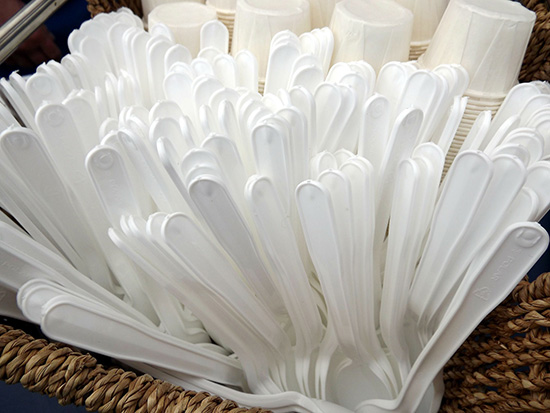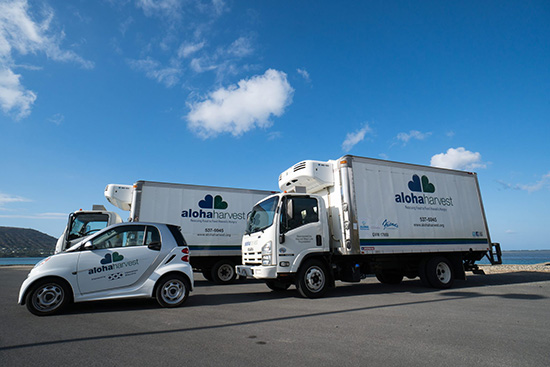
One of the biggest problems the world faces today is energy. With the demand growing every year, many are looking toward greener solutions to our problems.
WCC is joining the clean energy movement with solar panels. The administration has contracted with Johnson Controls to guarantee that this process is a success. The multi-phase project was first proposed more than 10 years ago. Phase 1 included improvements to the air conditioning, heat and ventilation systems, new transformers for the interior of the electrical building, improvements to the chiller plants as well as adjustments to lighting. Phase 2 of the project is installing the panels and battery storage with the goal of distributing the energy as needed.
The carport photovoltaic (PV) panels will be located in the Pālankila, ‘Ākoakoa and Hale A’o parking lots. Construction began March 20 and is expected to continue until June.
According to WCC anthropology instructor and sustainability club adviser Christian Palmer, about 80 or 90 percent of our energy needs goes towards air conditioning. However, with the installation of solar panels, the campus will generate much of that energy itself.
“When we have all of the ECMs (Energy Conservation Measures) completed, we have calculated it should reduce our fossil fuel energy consumption by approximately 70 percent each year,” said vice chancellor for administrative affairs Brian Pactol. “Approximately 29 percent of the savings will come from the new energy efficiency measures and 41 percent will come from energy produced by the carport PV with battery storage.”
The contract signed with Johnson Controls insured the investment for 20 years. The panels are being paid for by the money saved by them and thus will not affect student fees.
Some parking will be affected during construction. The Pālankila and ‘Ākoakoa parking lots were closed from March 18 to March 22. Stalls in the main lower parking lot are expected to be closed now until May 3, except during the commencement ceremony on May 10. According to Pactol, the Great Lawn will be made available for parking, if the need arises.
Other college campuses around the country have already made the leap to green energy. Butte College, located northeast of San Francisco, was the first college to be grid positive back in 2005. This means that it was able to generate more energy than it used. Arizona State University collected the most energy of all campuses in 2016. It was able to generate enough power to meet almost half of its needs at peak hours.
Here in Hawai‘i, Leeward CC, Kapi‘olani CC, West O‘ahu and UH Mānoa have begun the journey toward self-sufficiency. UH Maui College may soon provide 100 percent of its energy needs from solar panels.
In 2015, Hawai‘i became the first state to commit to becoming 100 percent green, with a goal of achieving the benchmark by 2045. The state legislature and UH system have also partnered with a collective goal of being “net-zero” by January 1, 2035. This means that the campuses will aim to produce as much energy as they use.
The entire country also benefits from solar power. According to Bill Nussey, the founder of the Freeing Energy Project, the U.S. needs approximately 4 petawatts of electric power a year to meet its energy demands. A petawatt is a quadrillion (1015) watts. However, some studies estimate that rooftop panels alone could generate about 34 percent of the nation’s needs.
In a speech by technology entrepreneur Elon Musk at the National Governors Association in 2017, Musk said that when combined with higher efficiency panels, a very small percent of Texas or Nevada–around 10,000 square miles to be exact–could power the entire country. For comparison, the land leased to the oil and gas industries is around 40,223 square miles. In addition, according to Musk, it is estimated that we would only need around a one square mile battery to store all of the power generated by those panels to ensure 24-hour power.
by Nathan Runion, Ka ‘Ohana Staff Reporter




